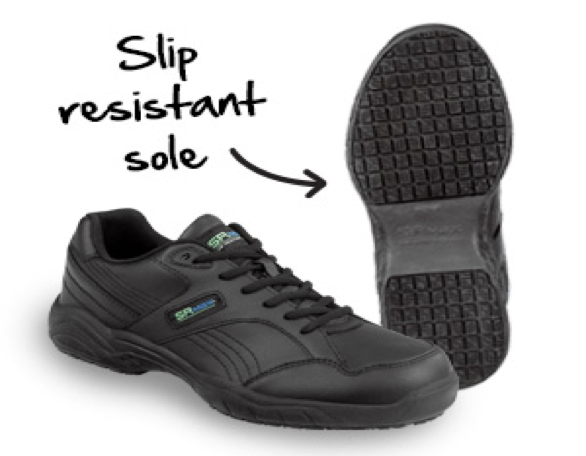What is the difference between ASTM F2892 18 and ASTM F2413 18?
The differences between ASTM F2892-18 and ASTM F2413-18 are as follows:
1. Purpose and scope: ASTM F2892-18 is a standard specification that involves the standard requirements for non-metallic shoes and boots. It mainly tests and verifies the anti-static performance of non-metallic footwear. ASTM F2413-18 is a broader standard specification that includes requirements for personal protective equipment to protect the feet, such as safety shoes, boots and foot protection equipment.

2. Protective performance: ASTM F2892-18 standard mainly focuses on the anti-static performance of non-metallic shoes to ensure that they prevent electrostatic discharge in working environments with anti-static requirements. The ASTM F2413-18 standard covers more protective performance requirements, such as impact resistance (Impact), compression resistance (Compression), puncture resistance (Puncture), etc.
3. Test method: ASTM F2892-18 uses specific test methods and standards to evaluate the anti-static performance of non-metallic shoes to ensure that they meet the requirements in terms of resistance and conductivity. ASTM F2413-18 includes multiple test methods to evaluate the different protective properties of footwear products, including impact testing, pressure testing, puncture testing, etc.
4. Marking requirements: The ASTM F2892-18 standard requires that non-metallic shoes that meet the requirements must be marked with anti-static properties on the shoes. The ASTM F2413-18 standard requires that protective footwear products that meet the requirements must be marked on the shoes with the specific protective performance standards they meet and provide relevant marking information.
To sum up, the differences between ASTM F2892-18 and ASTM F2413-18 are mainly reflected in the scope of use, protective performance requirements, test methods and marking requirements. These standards are all designed to ensure workplace safety and employee health, but they target different products or protective properties.

